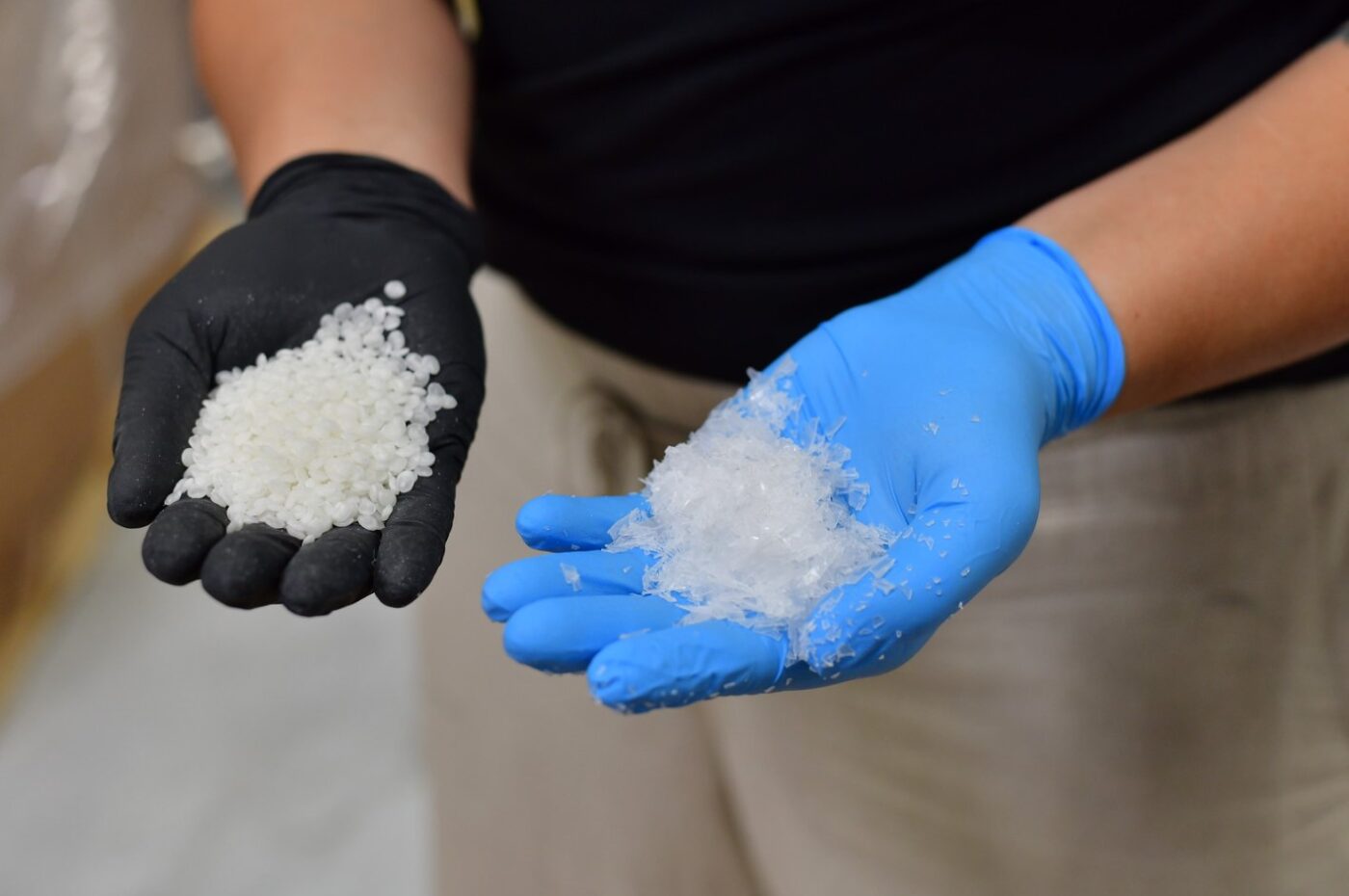
Incorporating more post-consumer recycled (PCR) resins in packaging is one of the…


Sustainability in modern healthcare is fundamental for mitigating environmental impact and contributing to the health of the planet. Sustainability in the healthcare packaging industry, for instance, is crucial to effectively reduce waste, conserve valuable resources, and promote sustainable practices. To achieve these objectives, healthcare organizations must conduct a sustainability gap analysis or gap audit.
So, what is gap analysis in healthcare?
Sustainability gap analysis in healthcare is a systematic assessment of the current practices used within a healthcare organization compared to the sustainability standards the organization aims to achieve. It involves analyzing the disparity between the organization’s existing compliance and the optimal compliance status or the measures required to comply with current environmental, social, and governance (ESG) regulations. Gap analyses aim to identify areas for sustainability improvement.
In healthcare packaging, sustainability gap analysis helps evaluate and compare the current state of packaging practices and improve them to achieve sustainability. It enables a healthcare packaging company to understand the environmental impact of packaging practices and set clear sustainability goals with actionable strategies to bridge the gaps and optimize sustainability performance.
Sustainability is crucial in healthcare packaging for the following reasons:
Here are the steps to conduct a sustainability gap analysis for healthcare packaging and promote an environmentally friendly healthcare industry:
Evaluating current practices to identify areas for improvement is the first step toward sustainability gap analysis for healthcare packaging. This involves collecting data on packaging materials, delivery processes, and their environmental impact. Following this, conducting a life cycle assessment for the packaging material can help track the environmental impact of the packaging throughout its life cycle, from raw material extraction to disposal and recycling.
A compliance review can help ensure adherence to regulatory standards. Furthermore, benchmarking and analyzing the data can help healthcare organizations pinpoint inefficiencies and opportunities for sustainability improvement. Prioritizing these areas and formulating actionable strategies can reduce the environmental footprint, optimize resource usage, and contribute to sustainable healthcare.
Setting sustainability targets and defining measurable goals for healthcare packaging is critical to ensure progress toward a more environmentally responsible healthcare system. With clear and quantifiable objectives, healthcare organizations can focus on specific sustainability outcomes. Their targets may include reducing packaging waste, using recyclable material, minimizing energy consumption during packaging, and optimizing healthcare delivery processes.
Defining measurable sustainability goals enables organizations to track performance, assess the implementation process efficiency, and make data-driven decisions to improve sustainability practices. Setting these goals in healthcare packaging paves the way for a sustainable future, benefiting healthcare providers, patients, and the planet.
A healthcare packaging company can understand the impact of its current practices by assessing the associated carbon footprint and resource consumption. The organization must quantify greenhouse gas emissions and resource and energy usage to gain valuable insights into the environmental impact of operations.
This helps identify areas of improvement to reduce the overall ecological footprint. It also allows packaging companies to set informed sustainability goals and develop targeted strategies to minimize environmental damage. A thorough analysis of the environmental impact can foster organizations to adopt proactive measures to promote more sustainable packaging practices and global environmental conservation.
Collaboration and stakeholder engagement are crucial for conducting a sustainability gap analysis for healthcare packaging. Involving key stakeholders, such as healthcare providers, administrators, and community representatives, enriches the evaluation process. Their unique perspectives and expertise may account for various healthcare sustainability factors.
Additionally, stakeholders can request a healthcare auditor to audit hospitals and monitor medical records, clinical practices, and continuum of care at short- and long-term care facilities. This can provide valuable insights to bridge the sustainability gaps in healthcare packaging. It can indicate the quantity and types of medical supplies and products procured, inefficiencies in packaging and procurement, and ways to conserve resources and use sustainable alternatives.
A collaborative approach fosters a commitment to sustainability initiatives and well-informed strategies to address sustainability gaps effectively.
Creating an action plan outlines the roadmap for implementing sustainable packaging initiatives. It helps organizations identify specific and achievable targets based on the analysis findings and the defined sustainability goals. These may include adopting sustainable packaging materials, optimizing packaging designs for reduced waste, implementing recycling programs, and enhancing energy-efficient processes.
The action plan should clearly define responsibilities and timelines for seamless execution and accountability. Regular monitoring is essential to track progress and make any necessary adjustments. Using the action plan, healthcare packaging companies can turn sustainability goals into tangible reality.
Partner with the team at Plastic Ingenuity to enhance sustainability in healthcare packaging. Our sustainable and innovative solutions can help healthcare organizations access specialized knowledge and cutting-edge technologies aligned with sustainable practices. Contact us to discover how our sustainable packaging assessment process can promote an eco-friendly approach to healthcare packaging.
